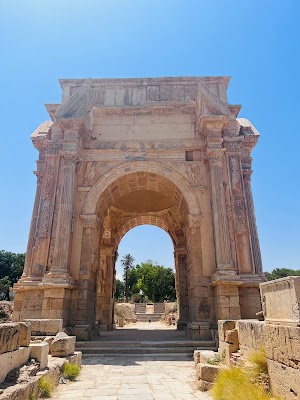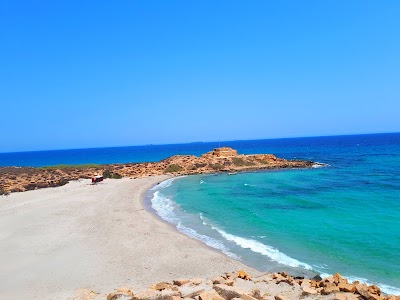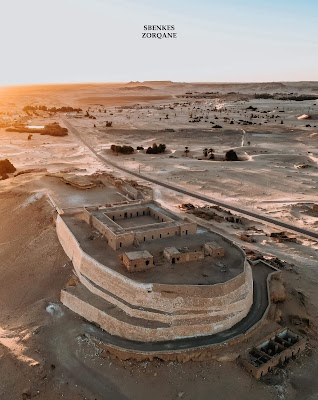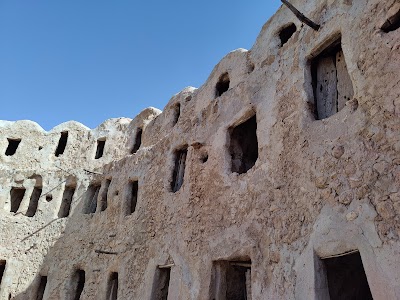Arch of Septimius Severus (قوس سبتيموس سيفيروس)
Overview
Introduction to the Arch of Septimius Severus
The Arch of Septimius Severus (قوس سبتيموس سيفيروس) stands as a magnificent testament to ancient Roman architecture and history, located in the heart of Jufra, Libya. Erected in honor of the Roman Emperor Septimius Severus in 203 AD, this triumphal arch celebrates his victories in the Parthian Wars and his lineage, reflecting the grandeur of Rome's influence in North Africa. For foreign travelers, the arch offers a glimpse into a rich cultural heritage that has shaped Libya over the centuries.
Architectural Marvel
This stunning arch is not only a historical monument but also an architectural marvel. It boasts a grand design with three distinct arches, adorned with intricate relief carvings that depict scenes from the military exploits of Septimius Severus. Standing approximately 12 meters high, the arch is constructed from local limestone, giving it a unique character that blends harmoniously with the surrounding landscape. As you approach the arch, the sunlight reflects off the stone, highlighting the exquisite details and carvings that celebrate Roman life and mythology.
Historical Significance
The Arch of Septimius Severus serves as a crucial link to understanding the Roman presence in Libya. It was not merely a celebration of military conquests; it also symbolized the integration of local tribes into the Roman Empire. The arch stands as a reminder of how Roman culture influenced the region's architecture, governance, and daily life. For history enthusiasts, visiting the site offers a unique opportunity to reflect on the complexities of ancient civilizations and their lasting legacies.
Visiting the Arch
When planning your visit to the Arch of Septimius Severus, it's best to consider the local climate, as Libya can be quite hot, especially during the summer months. The arch is situated in a relatively open area, allowing for unobstructed views and ideal photo opportunities. Travelers can explore the nearby ruins and remnants of ancient buildings, providing context to the arch's significance. Local guides are often available to enrich your experience with stories and insights into the arch's history.
Local Culture and Surroundings
Beyond the arch itself, the town of Jufra offers a glimpse into authentic Libyan life. Visitors can engage with local markets, sample traditional Libyan cuisine, and interact with the welcoming residents. The contrast between the ancient ruins and the vibrant local culture creates a fascinating atmosphere for travelers seeking a deeper understanding of Libya's historical narrative.
Conclusion
The Arch of Septimius Severus is not just a monument; it is a portal to the past, inviting travelers to explore the depths of history and culture in Libya. Its architectural beauty, historical significance, and the vibrant local culture surrounding it make it a must-visit destination for anyone traveling through North Africa. Whether you're an avid historian, an architecture enthusiast, or simply a curious traveler, this remarkable landmark promises an unforgettable experience.






